In modern hotels, generating income goes beyond room rates and prime locations. While these factors are undoubtedly important, a realm of untapped potential can significantly boost profitability: food and drinks revenue, also known as F&B.
4 New Technologies to Increase F&B Revenue
By focusing on this dynamic aspect, hotels can maximize their earnings, even without expanding their capacity or hosting numerous events. Effective revenue management is crucial for the hotel industry to thrive in this ever-changing landscape and achieve optimal profit margins.
In this article, you will discover how embracing innovative technologies can impact F&B revenue. By streamlining operations, enhancing the customer experience, and ultimately driving greater profitability, these cutting-edge tools open up exciting new possibilities for hoteliers.
1. Pay-at-Table
Pay-at-table solutions are revolutionizing the hotel industry, offering hoteliers a powerful tool to increase their food and beverage (F&B) revenue. In the past, customers would have to wait for a server to bring the check, leading to potential delays and a less satisfactory dining experience. However, with pay-at-table technology, customers can settle their bills using mobile devices or tablets directly at their tables. This saves time and allows establishments to serve more customers, increasing table turnover and revenue. Additionally, it reduces the likelihood of errors in bill calculation, enhancing customer satisfaction and loyalty.
Other benefits include:
- Guests never wait: With pay-at-table, customers can settle bills directly from their table, eliminating wait times for checks and offering a convenient payment option.
- Enhanced guest experience: By freeing up staff from bill settlement, they can focus on delivering exceptional service and ensuring a memorable dining experience.
- Increase tips by 3x: The UI of the mobile payment experience makes leaving a tip much easier, and auto-suggests recommended tip sizes.
- Faster table turnover: Streamlined payments lead to quicker table turnover, allowing restaurants to serve more customers, increase revenue, and improve operational efficiency.
- More 5-star reviews: Integrated solution encourages satisfied customers to leave positive reviews on platforms like Facebook and Google Reviews, enhancing the restaurant’s online reputation.
- Collecting valuable customer information: Integration enables the collection of customer data, including email addresses, phone numbers, spending patterns, and ticket size. This information aids in personalized marketing, loyalty programs, and strategic decision-making.
2. Review Management
Review management suites, built within hospitality software like Eat App, are another technological advancement that can significantly impact food and beverage revenue. Online reviews have a powerful influence on consumer decision-making, with many potential customers relying on reviews to choose where to dine. Implementing a review management system allows establishments to actively monitor and respond to customer feedback, helping to address any negative reviews promptly and mitigate potential damage to their reputation. Furthermore, positive reviews can attract new customers by showcasing the establishment’s strengths and unique offerings.
Other benefits include:
- Centralized review monitoring: Manage reviews from multiple platforms, like Google and Facebook, in one place.
- Real-time review notifications: Get instant alerts for negative reviews to maintain a positive reputation.
- Actionable insights and analytics: Gain valuable insights to enhance the guest experience.
- Efficient review response workflow: Respond promptly to customer reviews within the platform.
- Streamlined workflow: Enjoy seamless integration for convenience and efficiency.
3. Table Management & POS Integration
Seamless integration with table management and POS systems provides valuable insights that can boost revenue generation. By linking these systems, food, and beverage establishments gain a comprehensive view of their customers’ preferences, enabling personalized service and targeted marketing campaigns. For instance, integration can help identify whether a guest is from the hotel, allowing the staff to offer tailored experiences.
By understanding guests’ preferences, such as dietary restrictions, favorite dishes, or preferred seating arrangements, restaurants can deliver exceptional service that exceeds expectations. This level of personalization fosters customer loyalty and encourages repeat visits, ultimately driving revenue growth.
Moreover, integrated systems enable real-time sales and inventory tracking, enhancing operational efficiency. This information helps optimize inventory management, ensuring that popular dishes and beverages are always available while minimizing waste. With accurate data on customer preferences, establishments can introduce new menu items or promotions that align with their target audience’s tastes and demands. Such data-driven decision-making increases the chances of successful product offerings and maximizes revenue potential.
Integrating these new technologies brings numerous benefits to food and beverage establishments, from improved customer satisfaction to increased revenue. By embracing pay-at-table solutions, review management systems, and integrated table management and POS systems; establishments can streamline operations, provide personalized experiences, and make data-driven decisions that directly impact the bottom line.
As the food and beverage industry evolves, businesses must stay ahead of the curve and embrace these technological advancements. By leveraging these new tech solutions, establishments can create a competitive edge, enhance their revenue streams, and deliver exceptional dining experiences that keep customers returning for more.
POS Integration with Table Management unlocks valuable reports, including:
- Guest total spend: Identify high-spenders by tracking the total amount they spend at your restaurant, enabling personalized service to enhance their experience and loyalty.
- Average spend per cover: Determine VIP customers by analyzing their average spend per visit, providing insights into individual guest spending habits.
- Menu item analysis: Understand guest preferences by accessing data on specific menu items ordered during each visit, allowing for targeted marketing and tailored experiences.
- Designated servers: Identify which server was responsible for each guest or table, facilitating effective communication and issue resolution when needed.
4. Virtual and Augmented Reality
Virtual and augmented reality (VR/AR) technologies are transforming hotels’ food and beverage (F&B) sector and presenting hoteliers with exciting avenues to increase their revenue. These immersive technologies have opened up a world of possibilities, enabling hotels to offer unparalleled dining experiences that leave a lasting impression on their guests.
Hotel restaurants can leverage VR/AR to provide virtual tours of their establishments. Guests can explore the restaurant’s ambiance, decor, and atmosphere from their own devices. By offering this virtual experience, hotels can captivate potential customers and entice them to visit in person, boosting footfall and F&B revenue.
Furthermore, VR/AR can be utilized to showcase interactive menus. Guests can browse through a digital menu representation, complete with engaging visuals, descriptions, and even videos highlighting the preparation process. This immersive approach enhances the dining experience and helps guests make more informed food choices. By enticing guests with visual representations of their offerings, hotels can entice them to order additional dishes or explore new culinary options, increasing the average check size.
Another remarkable application of VR/AR in the F&B sector is the ability to visualize dishes in 3D before placing an order. Customers can wear a VR headset or use AR overlays on their mobile devices to see realistic representations of the dishes, allowing them to assess the presentation, portion sizes, and overall appeal. This unique experience creates a sense of anticipation and excitement, encouraging guests to try new dishes or indulge in visually stunning creations. As a result, hotels can upsell premium dishes, increase order sizes, and ultimately boost their F&B revenue.
By adopting VR/AR technologies, hotels in the F&B sector can create unforgettable dining experiences that set them apart from their competitors. These innovative technologies can captivate customers, attract new guests, and enhance customer loyalty. By leveraging virtual tours, interactive menus, and 3D dish visualization, hotels can tap into the immense potential of VR/AR to increase their F&B revenue and establish themselves as pioneers in immersive dining experiences.
These are just a few examples of the wide range of tech solutions available to the food and beverage industry. The key is assessing your establishment’s needs and goals and identifying the technologies that best align with your business model and target audience. Embracing these tech solutions can enhance operational efficiency, improve customer experiences, and ultimately drive revenue growth.
Free Ebook: Increase Repeat (Hotel) Restaurant Visits with Marketing Automation
Revolutionize your (hotel) restaurant’s marketing with automation. In this guide, you’ll learn how to increase repeat (hotel) restaurant visits with marketing automation and marketing automation best practices.
Click here to download the guide “Increase Repeat (Hotel) Restaurant Visits with Marketing Automation”.
More Tips to Grow Your Business
Revfine.com is the leading knowledge platform for the hospitality and travel industry. Professionals use our insights, strategies, and actionable tips to get inspired, optimize revenue, innovate processes, and improve customer experience.Explore expert advice on management, marketing, revenue management, operations, software, and technology in our dedicated Hotel, Hospitality, and Travel & Tourism categories.

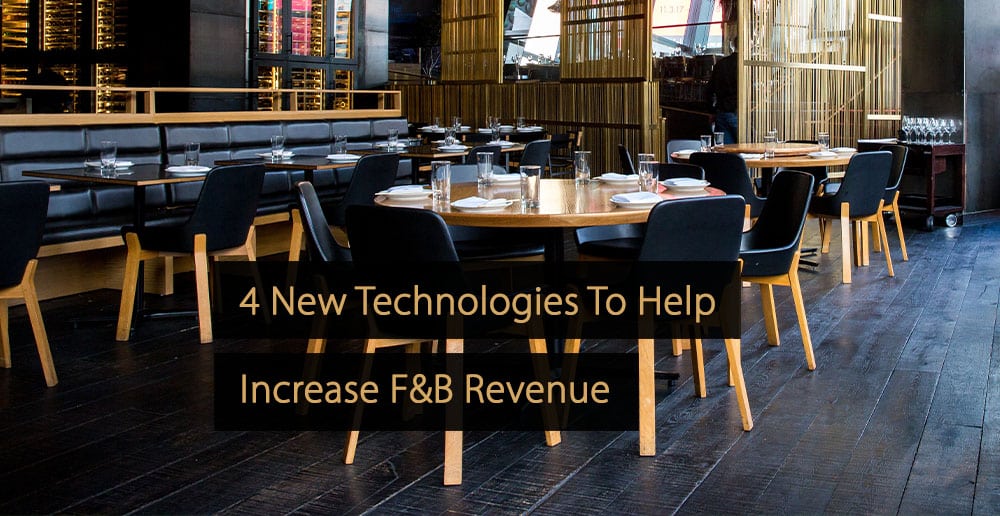
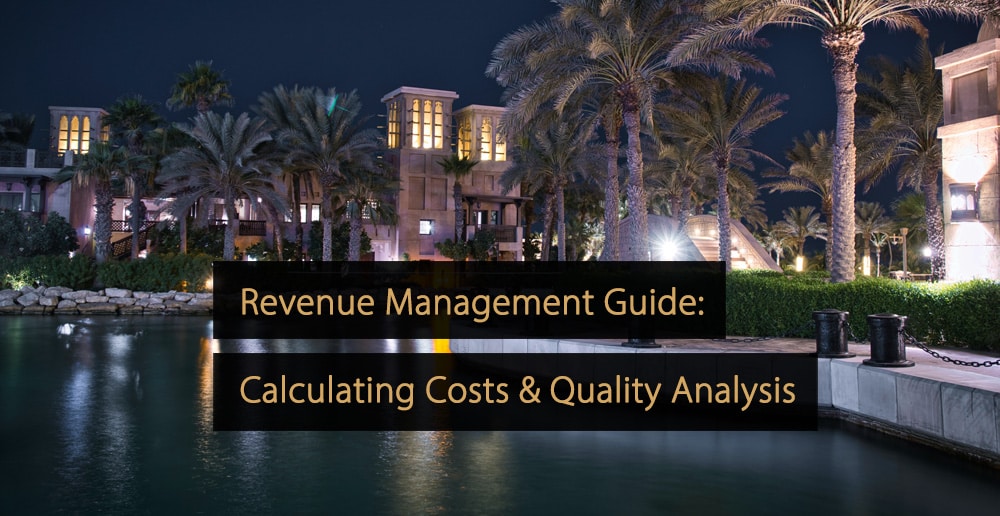
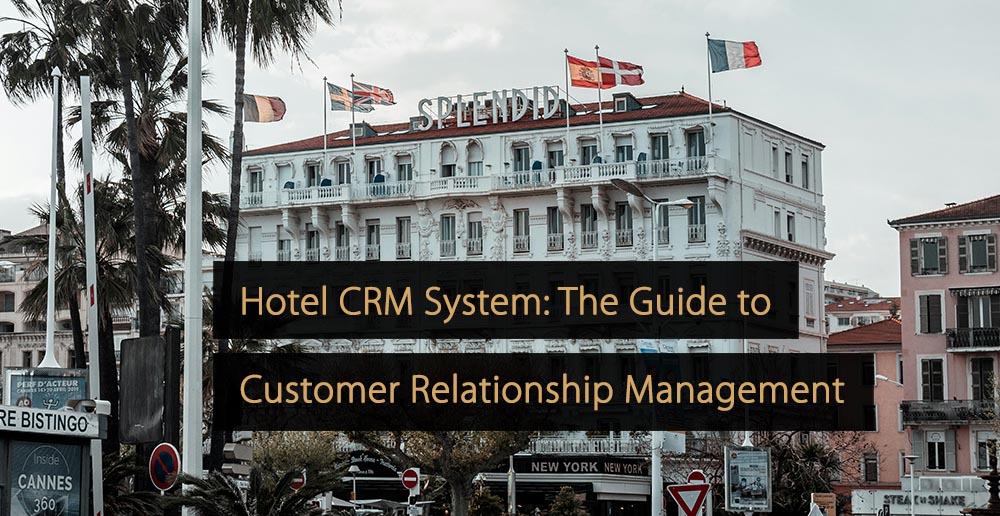
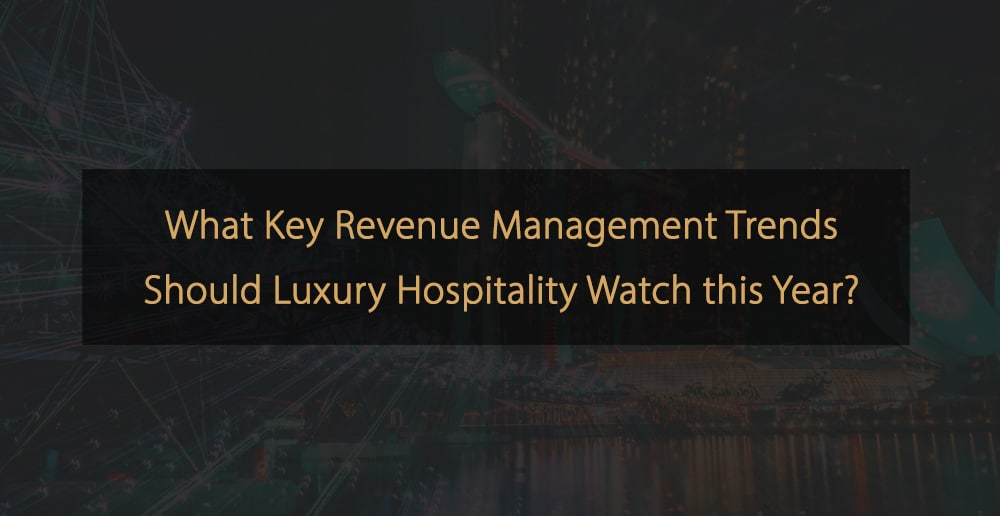

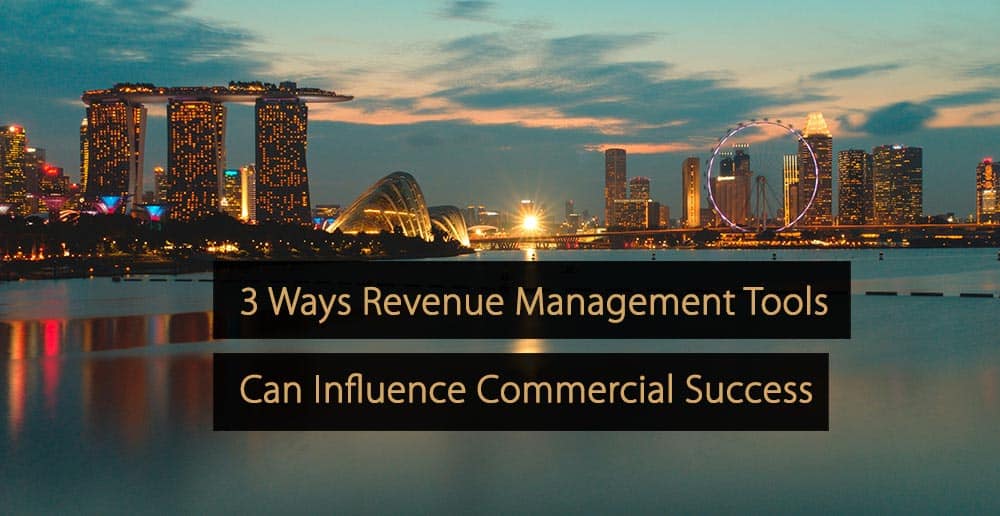

Leave A Comment